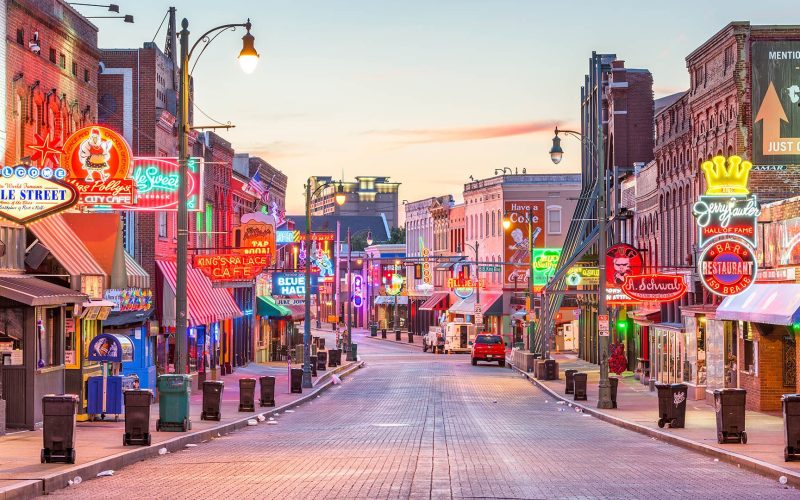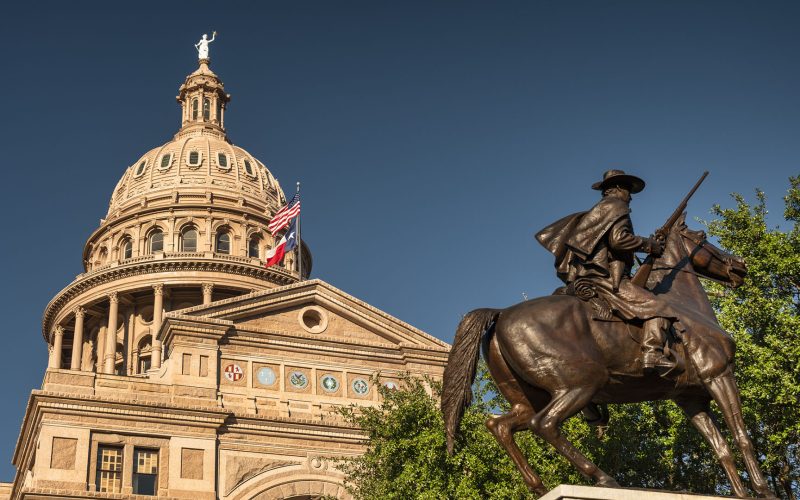THE VOICE FOR THE ENERGY CONSUMER

Albany, NY – Banning natural gas service could cost New York households more than $35,000 each, a Consumer Energy Alliance (CEA) analysis released today found. The study updates data from.

Brydon Ross looks at the consequences of an ordinance being considered by the Memphis City Council that could harm economic development by making it difficult to approve any new construction.

Austin, TX – Consumer Energy Alliance (CEA), the leading energy and environmental advocate for families and businesses, applauds the Texas Legislature for overwhelmingly passing HB 17, bipartisan legislation to protect.

Montgomery, AL – Consumer Energy Alliance (CEA), the leading energy and environmental advocate for families and businesses, applauds Governor Kay Ivey for signing HB 446, bipartisan legislation to protect the.

We love our moms and work to celebrate them every day. Yet, whenever May rolls around, we find ourselves scrambling to find the perfect gift. So if you’re the person.

Everyone’s talking this week about President Biden’s speech to Congress Wednesday night, including a focus on two big themes – energy and climate. Biden also discussed energy jobs and competing.

Indianapolis, Indiana – Consumer Energy Alliance (CEA), the leading energy and environmental advocate for families and businesses, applauds the Indiana Legislature and Governor Holcomb for supporting Indiana House Bill 1191,.